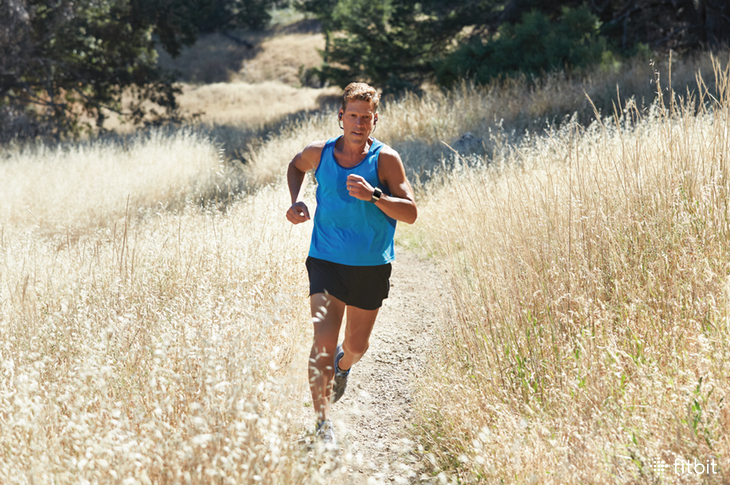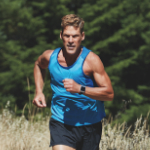 If you’ve ever had the urge to go while on a run, you’re not alone. There’s a reason why organized races provide portable potties along their routes. But what happens when your course doesn’t offer that kind of bathroom support? Well, that’s when you get creative.
If you’ve ever had the urge to go while on a run, you’re not alone. There’s a reason why organized races provide portable potties along their routes. But what happens when your course doesn’t offer that kind of bathroom support? Well, that’s when you get creative.
The Western States 100 Mile Endurance Run is the granddaddy of ultra endurance trail races. Starting at the base of the Squaw Valley ski resort in Lake Tahoe, the largely remote wilderness path goes for a hundred miles through the mountains and valleys of the Sierra Nevada and finishes in the town of Auburn, outside of Sacramento. The ultimate goal is to complete the trek within 24 hours, thus earning a coveted Western States 100 Silver Buckle. Only a portion of the starters achieve this ambition.
I first participated in the event back in 1994. I’d run a 50-mile qualifying race—which nearly killed me—and had no idea what to expect during a hundred mile nonstop footrace (through rugged backcountry, no less).
The Western States is a summertime event that’s traditionally held the last weekend of June—so it’s extremely hot in the afternoon. Temperatures in the valleys of the lower elevations routinely crest 100 degrees. Dehydration is a constant threat, and access to aid stations for resupplies is extremely sparse. Knowing this, racers carry handheld water bottles that they fill at the stops along the way.
I’ll never forget the sight I beheld running up a steep single-track section of trail around the halfway point. The air was extremely hot and still; stifling with almost no movement. Yet, there in the dirt, were the distinct squiggle marks of water. It appeared that someone’s water bottle was leaking, but that made no sense since most racers do all they can to conserve water between aid stations. Why would someone be emptying the contents of their bottles instead?
Then I came upon another runner and realized the source of these “liquid doodles.” Let’s just say it was a convenient way for him to relieve himself without slowing down. ‘Wow, that’s crazy,’ I thought. ‘What an efficiency freak.’ But then it dawned on me. I reflected on how much time I’d wasted standing idle along the trail while taking care of business. His strategy made perfect sense, I realized, so I adopted it myself.
Now, many years later, I’m a pro and able to complete the task without a single droplet landing on my shoes. There’s a certain knack to it: You kinda shuffle along in something of a modified waddle, like a drunken penguin, splaying your feet outward to keep them clear of the line of fire. It takes some practice, but as far as time-saving tactics during a 100-mile footrace go, this is one of the better ones.
Of course, being male has its advantages here. And you wouldn’t want to try it at, say, the NYC Marathon. But in an ultramarathon of great duration, when you’re running on remote trails and drinking massive quantities of liquid over the course of 24 hours, there’s no denying the utility of this practice.
This information is for educational purposes only and is not intended as a substitute for medical diagnosis or treatment. You should not use this information to diagnose or treat a health problem or condition. Always check with your doctor before changing your diet, altering your sleep habits, taking supplements, or starting a new fitness routine.

This idea may work well for men, but, how can women do this?
To keep this simple and clean, so I will be able to post it here: To do this, do you basically “unzip and expose your genatiles” while running to urinate? Or do you just “urinate in your pants”?
If you do expose yourself to do this, what do you do if someone catches up to you and sees you exposing yourself and urinating?